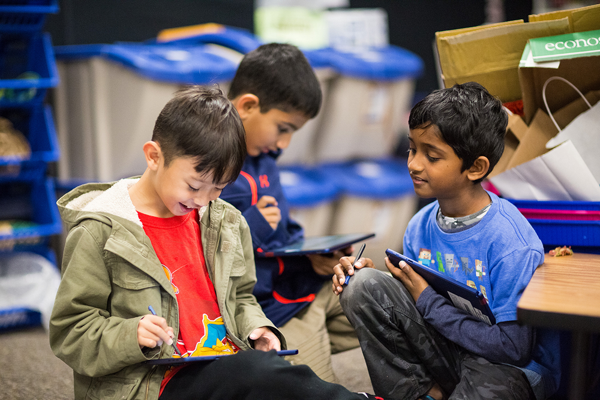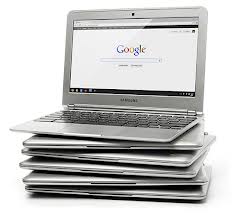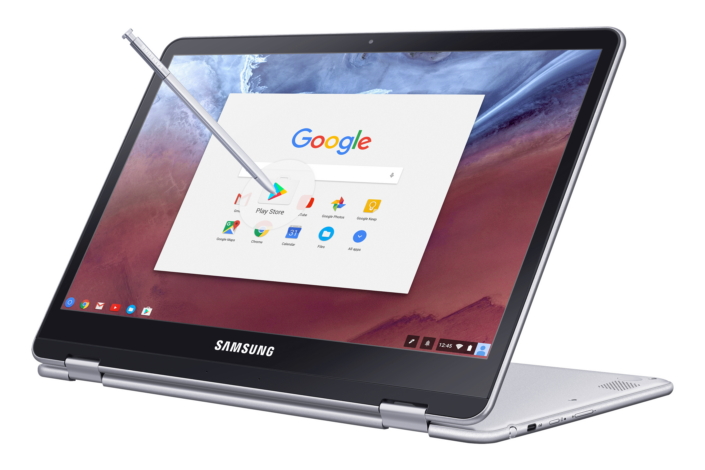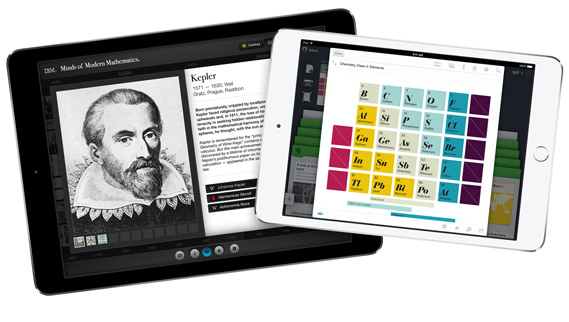
By Gadjo Cardenas Sevilla
Google’s Chrome OS and the ChromeBook have had an eventful path. Starting as a feeble attempt to recreate a desktop operating system based on a browser, the combination of cheap Chromebooks and an emerging cloud OS were initially plagued with serious problems.
Evolution of Chromebooks
 As an early adopter of Chromebooks, I loved the quick startup times, simple sign-in feature and the security of knowing that if anything should happen to the hardware, my entire system of apps, files and documents would be safely backed up to the cloud.
As an early adopter of Chromebooks, I loved the quick startup times, simple sign-in feature and the security of knowing that if anything should happen to the hardware, my entire system of apps, files and documents would be safely backed up to the cloud.
The limitations were evident, too. Without an Internet connection, a Chromebook was an oversized plastic doorstop with very sparse specs.
You couldn’t save files locally or do much without a connection to Google’s cloud, which meant the Chromebook, while more affordable than most laptops, was useless in countries that lacked pervasive access to an Internet connection.
Geared towards education
 Fast forward to 2018 and the Chrome OS and Chromebooks are the darlings of educational institutions in North America and other places that follow that model. Internet access is more readily available now, more companies are making Chromebook hardware, but success of the platform relies on Google’s ability to make Chrome OS useful. In this, it has succeeded.
Fast forward to 2018 and the Chrome OS and Chromebooks are the darlings of educational institutions in North America and other places that follow that model. Internet access is more readily available now, more companies are making Chromebook hardware, but success of the platform relies on Google’s ability to make Chrome OS useful. In this, it has succeeded.
It’s not every day that you see Apple scrambling to counter punch a player in a market that it dominated not too long ago. Apple’s iPad was supposed to be a silver bullet solution for schools. A powerful tablet for learning and creating but which was also simple enough that students only needed their fingers to interact with it.
But Apple, who never competes on price, lost ground to Chromebooks which are cheaper, offer the full-suite of educational apps and also function like computers with a keyboard and touchscreen. Chromebooks are made by HP, Dell, Lenovo, Samsung and others, so there’s no monopoly on hardware. There’s competition and a range of pricing friendlier to schools and individuals.
Apps and desktops are a thing of the past
 The real kicker is that Chrome OS and Chromebooks have proven that we can get by without apps. Web versions of services are just as good (and free) as iPad apps. Web apps update automatically, they do the heavy computational lifting in the cloud and can similarly be managed and secured in bulk.
The real kicker is that Chrome OS and Chromebooks have proven that we can get by without apps. Web versions of services are just as good (and free) as iPad apps. Web apps update automatically, they do the heavy computational lifting in the cloud and can similarly be managed and secured in bulk.
If you own any Apple hardware, you’re probably updating the OS and apps on a weekly basis. Imagine having to worry about that on a scale of hundreds or thousands of users. With a Chromebook, this all gets out of the way. You’re always running the very latest version of the software both on the device and in the cloud.
What this means for Google and for the Chromebook ecosystem is that they’ve established a base in education which serves to build loyal users (i.e. people who are happy with what a Chromebook offers and go buy Chromebooks even after school).
PC’s or at least education-focused laptops and 2-in-1’s should be ideal in this scenario since almost everyone will use a PC when they join the workforce. PC’s are harder to maintain than Chromebooks, they require licensing for the operating system as well as for applications plus they’re susceptible to viruses and malware which many educational hardware managers don’t have the time or expertise to deal with on a prolonged basis.
A sea change in tech focus

There’s been a sea change in technology where focus has moved from desktop operating systems to either mobile or the cloud. Microsoft recently broke its once prominent Windows team in a massive reorganization and is focusing its future on A.I. and the cloud. While Apple has left macOS, and by extension, its notebook and desktop hardware, by the wayside in its efforts to improve the iPhone, which is a much bigger earner.
Apple is forging ahead with the iPad as the tool for teaching and learning. It is creating synergy with apps and services that make using and managing apps on the iPad more sensible and useful.
Google, it seems, has the advantage with Chrome OS and Chromebooks, which are already considered post PC, post OS devices that exist mostly in the cloud.
This makes Chromebooks quite the Cinderella story in tech. What started out as a feeble attempt to recreate a personal computer in a browser, has evolved into the blueprint of where personal computing technology is headed
Related:
Understanding the implications of an A.I. future with Microsoft’s Mohamed Musbah



